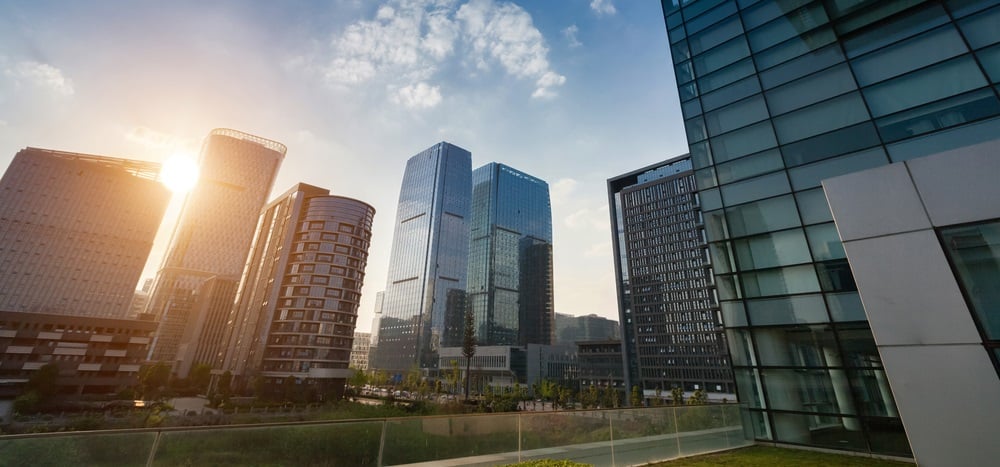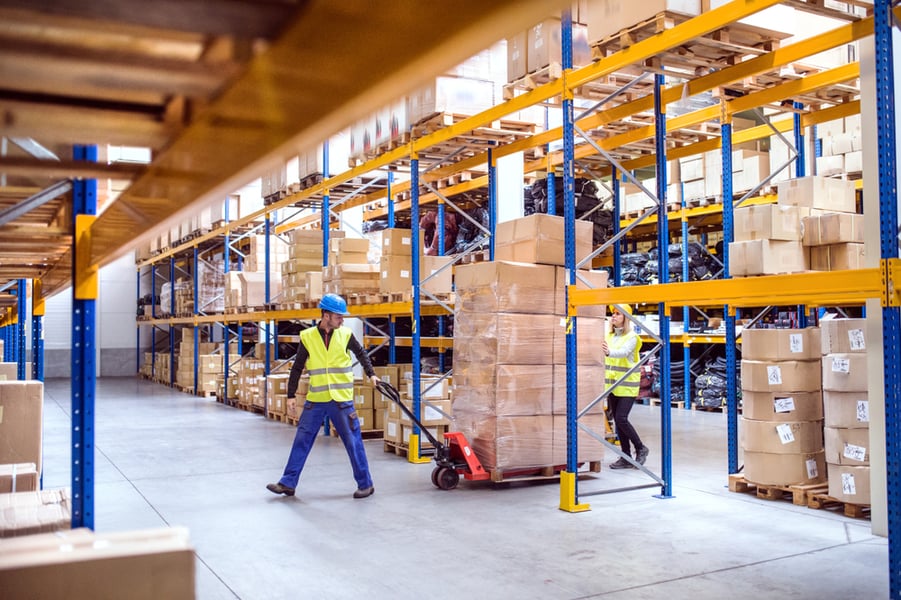Adaptive Reuse: Financial Feasibility for Developers

The demand for many types of commercial spaces has decreased, as more companies use remote collaboration and e-commerce. This trend was accelerated by COVID-19 since the Internet provides a way to do business without meeting in person. To remain competitive, real estate developers can repurpose vacant properties into building types that are in high demand.
For example, there is less demand for offices and hotel rooms, but the need for warehouses and apartments is on the rise. Companies have replaced business travel with virtual collaboration tools like videoconferencing, and working from home is becoming permanent for many jobs. A vacant property represents losses for a real estate developer, but it can be repurposed into a more lucrative type of building.
Get a professional MEP design for your next building remodeling project.
Repurposing a commercial building is financially viable when the occupancy type is selected carefully, especially if the developer has access to low-interest loans. The US Federal Funds Rate is currently at its minimum value of 0.25%, and Focus Economics predicts it will remain like that in 2021 and 2022. Low interest rates will remain available shortly, and developers can take advantage of them.
Repurposing: Which Building Types Are in High Demand?

According to Deloitte, many empty commercial buildings are being repurposed into apartments, warehouses, and mixed-use developments. As remote collaboration becomes more common among companies, homes, and apartments are becoming private offices. Other building types that are in high demand include industrial real estate, healthcare facilities, and data centers.
Several factors have increased the demand for warehouses during the COVID-19 pandemic. Many companies are closing offices and stores, and they need storage space for some of their assets, especially if they plan to reopen eventually. The adoption of e-commerce has also increased demand for warehousing services since renting is more cost-effective for many companies, especially small ones.
Digitalization also explains the increased demand for data center infrastructure. Many companies are going online for the first time, and others who already have a digital presence are expanding their operations. In addition, the demand for videoconferencing and other digital services has increased sharply.
The increased demand for healthcare buildings is a direct consequence of the coronavirus outbreak since the existing hospital capacity has been overwhelmed by millions of cases worldwide. Only a small percentage of COVID-19 patients need an intensive care unit (ICU), but the number of patients that need hospital care in general is much larger.
Taking Advantage of Low-Interest Rates

The prime rate is only 3.25% as of January 2021, and it influences several interest rates in the banking system. Developers with good credit records have an excellent opportunity to get loans for building renovations and other projects. Low-interest rates also provide an opportunity to improve buildings with features that add value for tenants. For example, building owners can invest in features that improve energy efficiency and indoor air quality, making a property more attractive for tenants.
In the case of energy efficiency upgrades, developers can also benefit from C-PACE financing (Commercial Property Assessed Clean Energy). This financing option offers two main advantages:
- They are paid back with property tax assessments, which means they are tied to the property and not the owner. When a building that has been improved with C-PACE financing is sold, the loan is simply transferred to the new owner.
- C-PACE financing has a term of up to 30 years, which makes it useful for building upgrades with long payback periods.
The main limitation of C-PACE is the requirement for enabling legislation at the state level. If the local government has not approved it yet, developers cannot use this financing option.
Repurposing a Building with Added Value for Tenants

To be viable financially, a repurposed building must be capable of attracting tenants. Choosing the right type of occupancy is important, but added value can help the property stand out among competitors.
Features like energy efficiency and indoor air quality provide a marketing advantage, especially when validated by a building certification like LEED or WELL. If all other factors are identical, tenants will prefer a building where they have lower energy bills and where their staff is safe from COVID-19. Developers can also improve their building projects with built-in IT services and cybersecurity, which are now necessary for doing business.
A repurposing project is more likely to succeed when the developer chooses a building type in high demand, and when low-interest capital is available. However, commercial real estate is a very competitive industry, and developers must find ways to provide more value than their competitors.

Michael Tobias
Michael Tobias, the Founding Principal of NY Engineers, currently leads a team of 50+ MEP/FP engineers and has led over 1,000 projects in the US
Join 15,000+ Fellow Architects and Contractors
Get expert engineering tips straight to your inbox. Subscribe to the NY Engineers Blog below.



